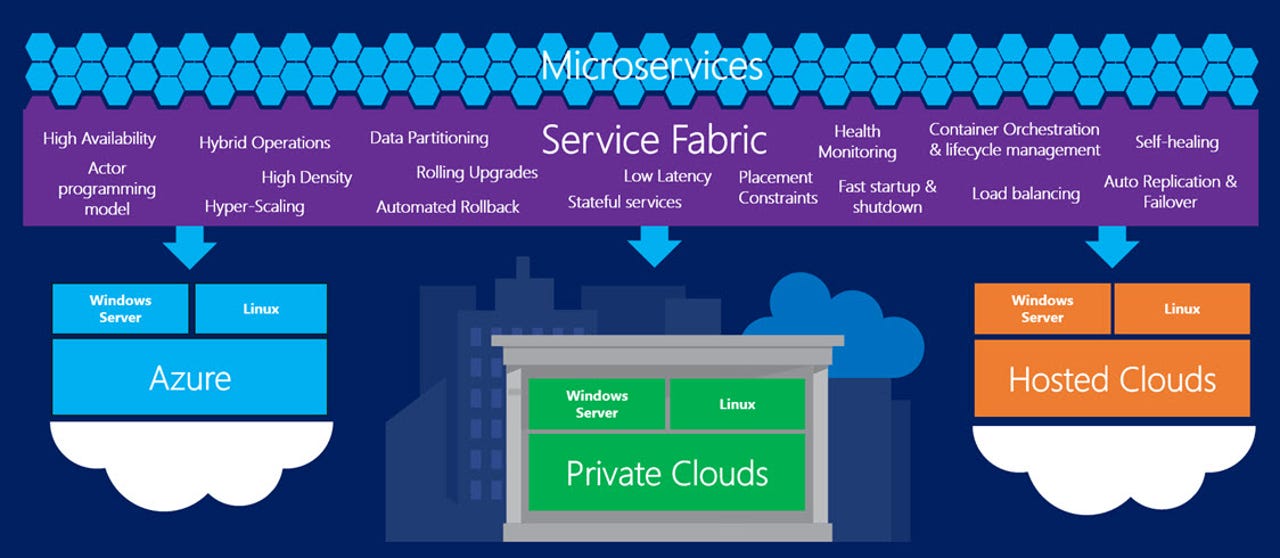Microsoft readies first developer preview of its new microservices Service Fabric

Microsoft will deliver a developer preview of its new Azure Service Fabric -- its platform-as-a-service (PaaS) technology for building microservices -- during the company's Build 2015 conference next week in San Francisco.

When Microsoft originally launched Windows Azure, it was a PaaS-only cloud suited for new applications written from scratch. It wasn't until 2012 that Microsoft addded infrastructure-as-a-service (IaaS) support to Azure, allowing users to host existing Windows Server and/or Linux applications in virtual machines.
Over the past couple of years, Microsoft has been building up the IaaS side of Azure and amassing more customers there, but not doing as much to advance the PaaS side -- until now.
Last October, Mark Russinovich, the Chief Technology Officer of Azure, told me the company was planning to make over its PaaS platform with a new layer he called "Windows Fabric." (Windows Fabric is now known as Service Fabric.)
Using this Service Fabric, Azure applications can be decomposed into smaller components, a k a microservices, that can be updated and maintained independently of the underlying infrastructure. The Service Fabric enables the various microservices to communicate with one another via programming interfaces.
Russinovich said last year that Microsoft was using the Service Fabric technology to run pieces of the Azure core, as well as services including Skype for Business (Lync) and the Azure SQL Database. Microsoft officials said today that the company also has used Service Fabric in building/deploying Intune, Event Hubs, DocumentDB and Cortana.
Customers will get the exact same Azure Service Fabric framework technology that Microsoft uses internally, not a subset or different version of it, according to an April 20 blog post announcing the coming service.
Microsoft's current plan is to show off and release at Build an Azure Service Fabric developer preview and accompanying software development kit (SDK) that works with Visual Studio 2015. The company is expecting to make Azure Service Fabric generally available later this calendar year.
Microsoft also will deliver Service Fabric capabilities to customers who want to use them on-premises by folding them into the next version of Windows Server, Windows Server 2016, and the next release of System Center, both due next year. Microsoft officials previously have said the company is building container support directly into Windows Server 2016. Containers offer a way to deploy microservices
Microsoft also plans to make a subset of the Service Fabric technologies available through its Azure Pack at some point, enabling hosters and/or customers doing their own hosting, to use them in their own private and hybrid clouds.
Initially, Service Fabric will be available for Windows users and apps only, but Microsoft officials say they also will support Linux "in the future," according the blog post describing the new service.